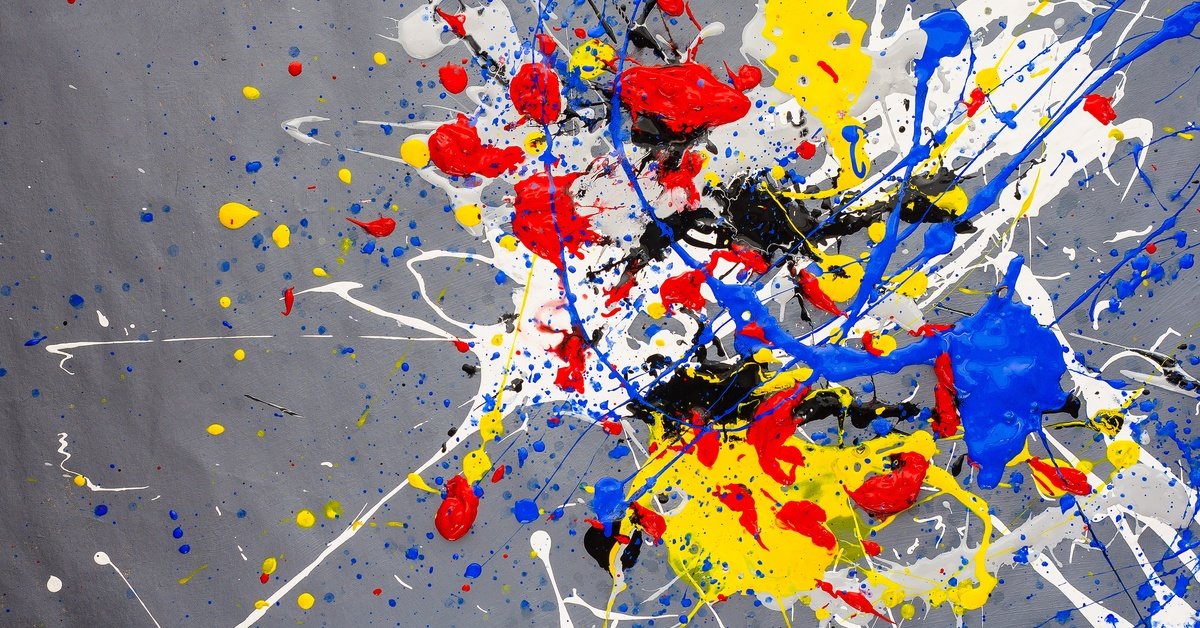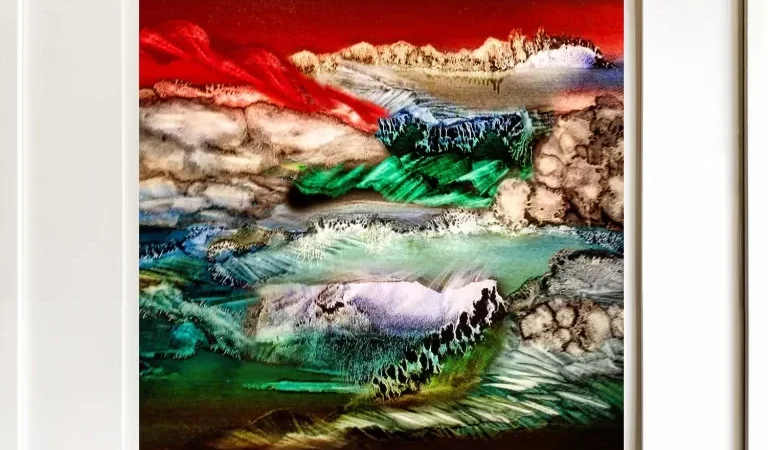The Most Important Styles in 20th-Century Art

The 20th century was a revolutionary era for art. We saw several new ideas and concepts come from this period, many of which challenged the pre-established rules of art, allowing creative spirits to step outside of the traditional boundaries.
Some of the most important styles in 20th-century art stand out as examples of modern classics. These styles reflect the period while standing out as iconic and memorable styles worthy of preservation.
Modern Art and Its Revolutionary Influence
Despite the name making it sound more recent, modern art actually started in the late 19th century and expanded well into the 20th century. Modern art gave rise to many distinct styles that challenged the norms of representational art, like Cubism, Futurism, and Surrealism. Artists like Pablo Picasso and Henri Matisse captured emotional depth and subjective experiences rather than adhering to traditional realism.
Modern art’s impact resulted in contemporary art. The differences between modern and contemporary art often rely on shifts in societal norms or the incorporation of the artist’s personal history. Because of its impact and lasting inspiration, modern art remains one of the most significant aspects of 20th-century art.
Abstract Expressionism and Emotional Liberation
The mid-20th century, especially post-World War II, gave artists a chance to express their emotions through raw and spontaneous pieces. This lead to the abstract expressionist movement, which focused more on the process of painting itself rather than representational forms.
Pioneers like Jackson Pollock utilized techniques like dripping and splattering paint, creating dynamic, almost chaotic canvases that emphasized movement and energy. Abstract Expressionism focused more on the artist’s experience and feelings, which helped it stand out as a symbol of freedom and expression in a rocky period of history.
Pop Art and Cultural Commentary
One of the most important styles in 20th-century art is the Pop Art movement of the late ‘50s and ‘60s. These pieces turned everyday objects into high art, and we saw a huge shift in what people considered sophisticated or high-class pieces.
One of the most iconic examples of this is Andy Warhol’s famous soup cans or how Roy Lichtenstein used a comic-book style art, turning what was seen as low-class art for children into pieces worthy of admiration in museums. Pop Art connected with audiences on an accessible level. Its striking colors and bold designs remain instantly recognizable, underscoring its enduring influence in modern culture.
These movements continue to inspire contemporary artists, collectors, and enthusiasts who seek to understand the era’s profound impact. Understanding the importance of these styles allows us to see the view of the artist and how their pieces reflected current society and artistic norms of their time.



